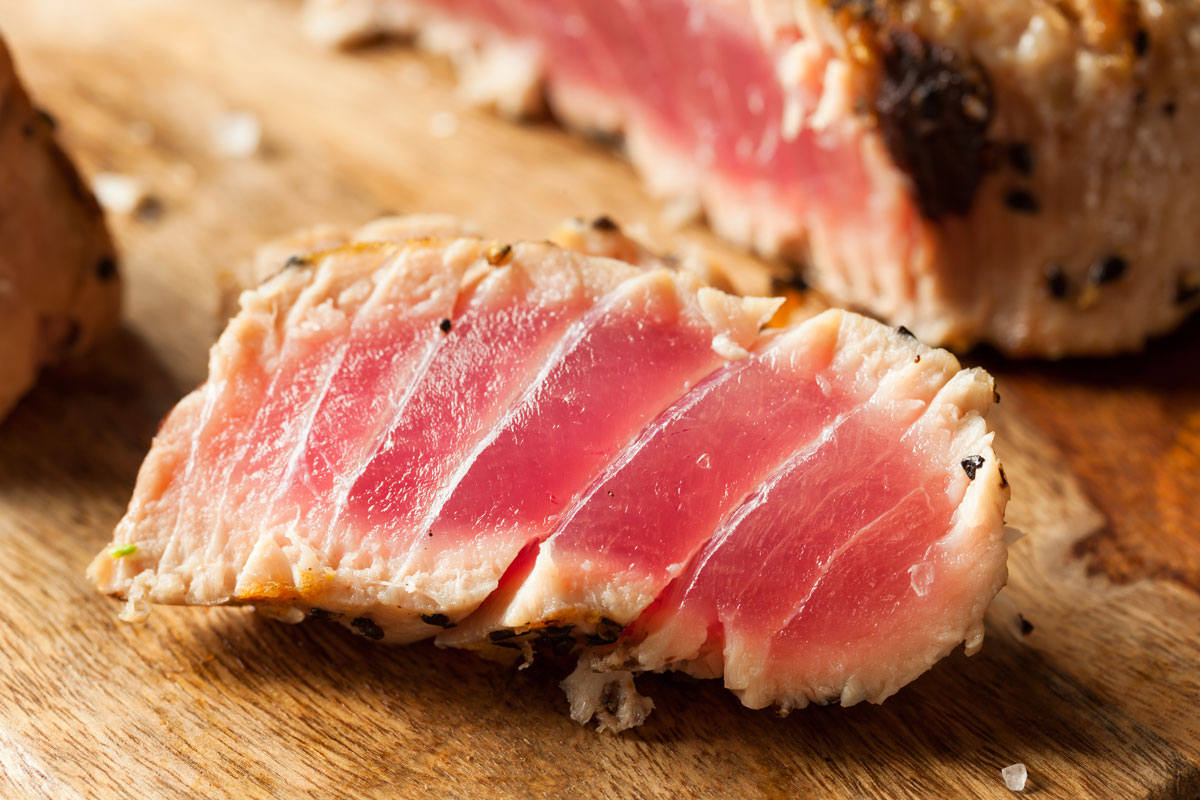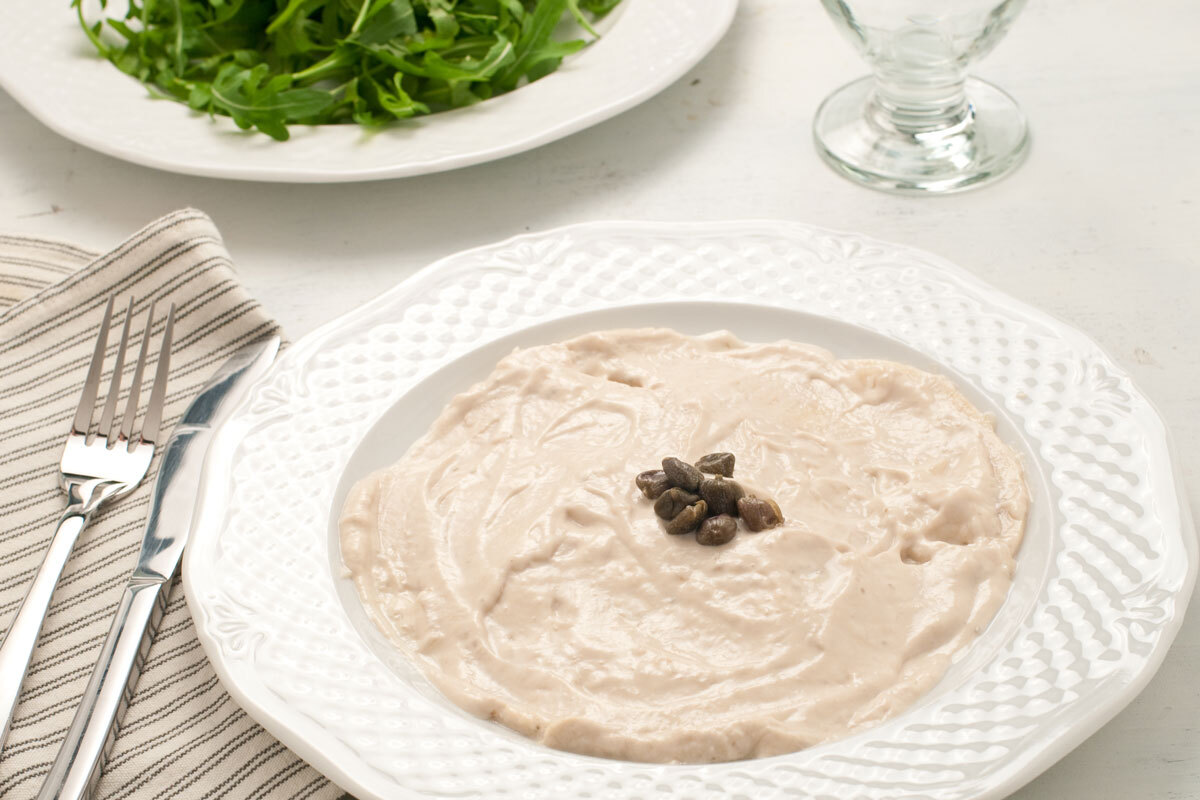For this recipe, we prefer the green French lentils sold as Le Puy or Du Puy. Though in a pinch, you could substitute brown lentils. Save a few of the fennel bulb’s feathery fronds for a garnish.
Ingredients
- 1/4 cup extra virgin olive oil
- 1 shallot, peeled and thinly sliced
- 1 fennel bulb, trimmed, the bulb thinly sliced
- 1 1/2 cups green (Le Puy) lentils, rinsed and sorted
- 1 teaspoon tomato paste
- 1 teaspoon coarse salt (kosher or sea), or more to taste
- 2 bay leaves
- 1 quart vegetable or chicken stock
- 1 tablespoon Dijon mustard (optional)
Directions
Step 1
Heat the olive oil in a large saucepan over medium-high heat. Add the shallot and fennel. Cook, stirring occasionally, for 5 to 6 minutes, or until softened. Stir in the lentils, tomato paste, bay leaves, and stock. Bring to a simmer, reduce the heat to low, and cook, stirring occasionally, for 20 to 30 minutes or until the lentils are cooked but not mushy.
Step 2
Pour off any excess stock. Turn off the heat, stir in the mustard, if using, and season to taste with additional salt, if desired.
Step 3
Remove the bay leaves before serving.
Serves 4 to 6 — Recipe adapted from delicious.com.au




